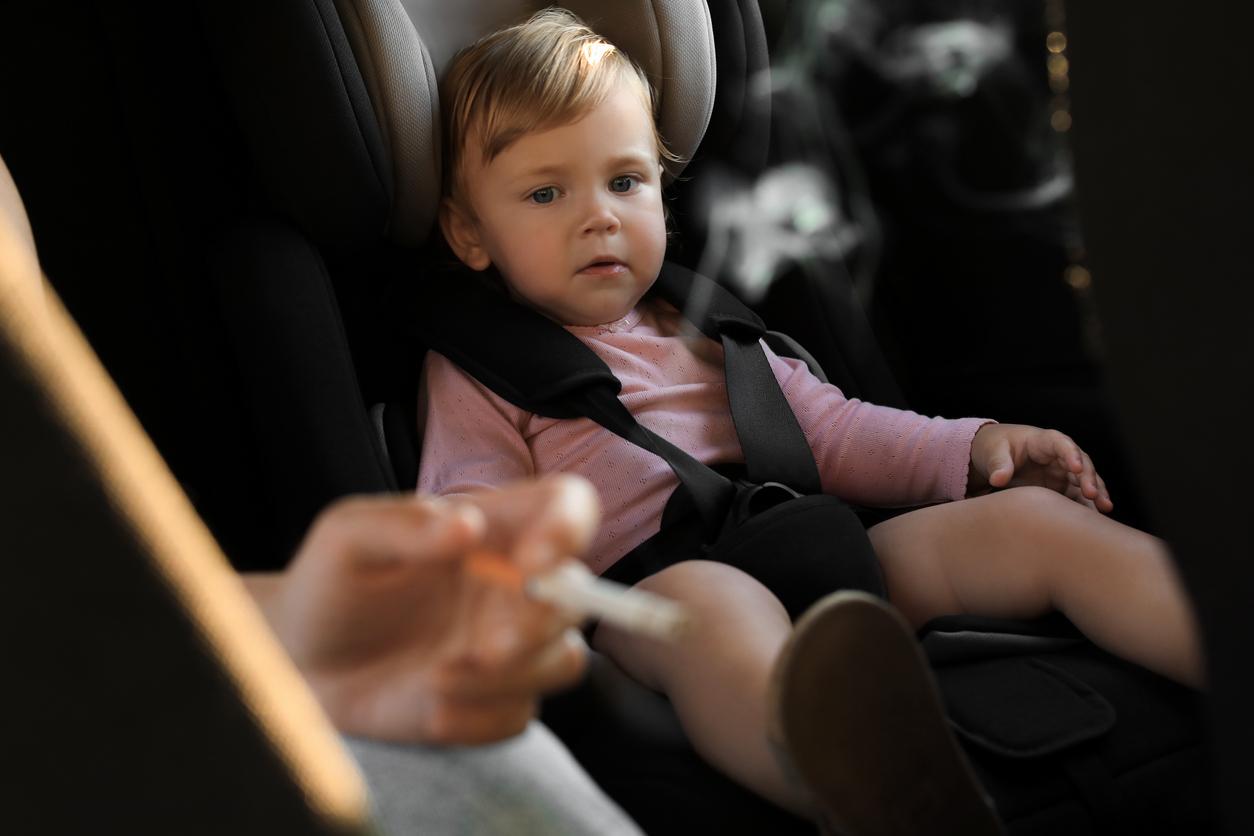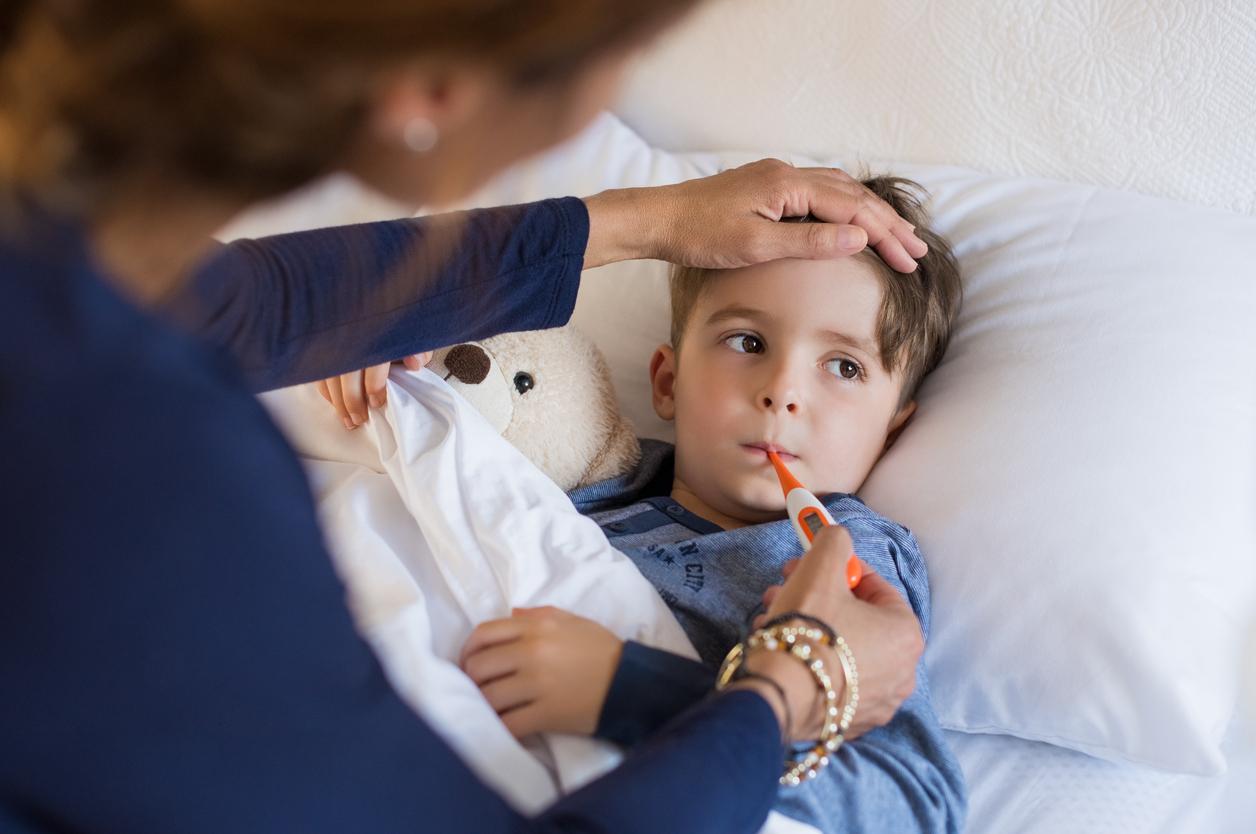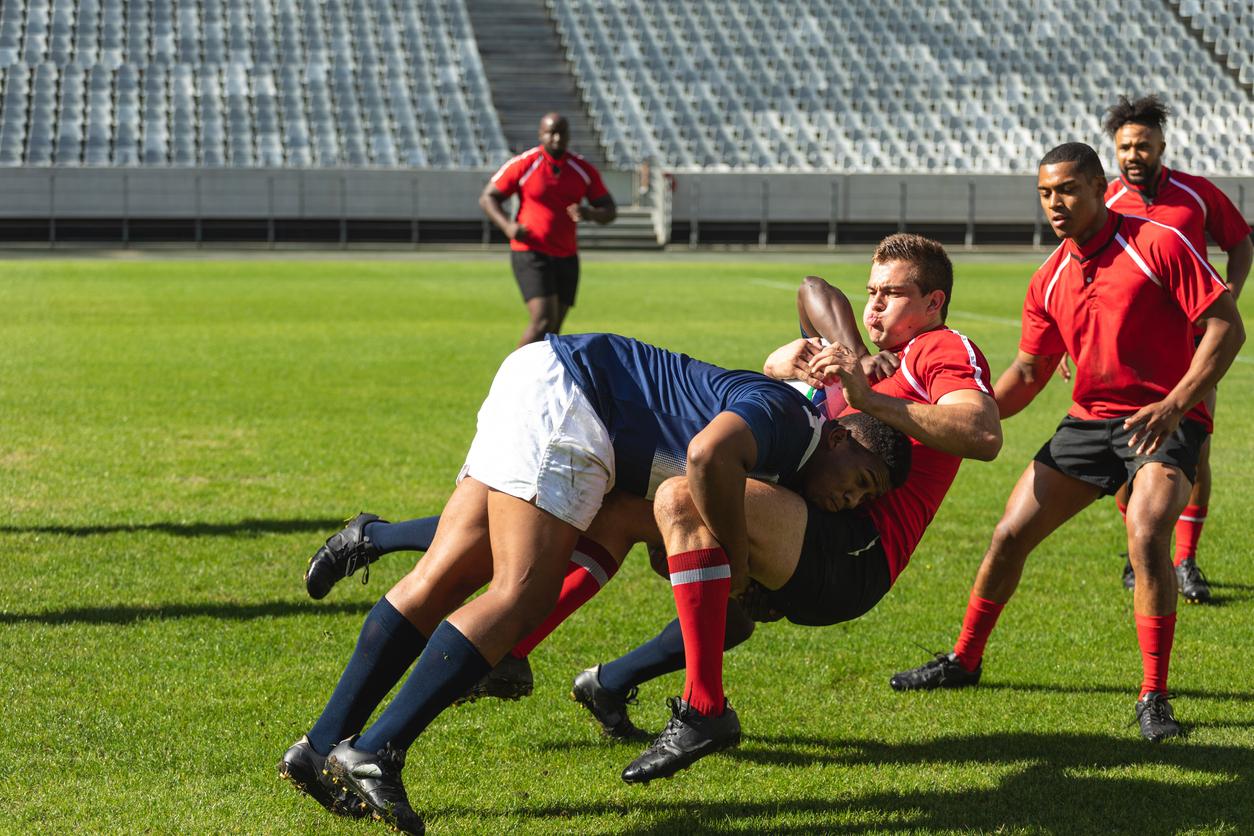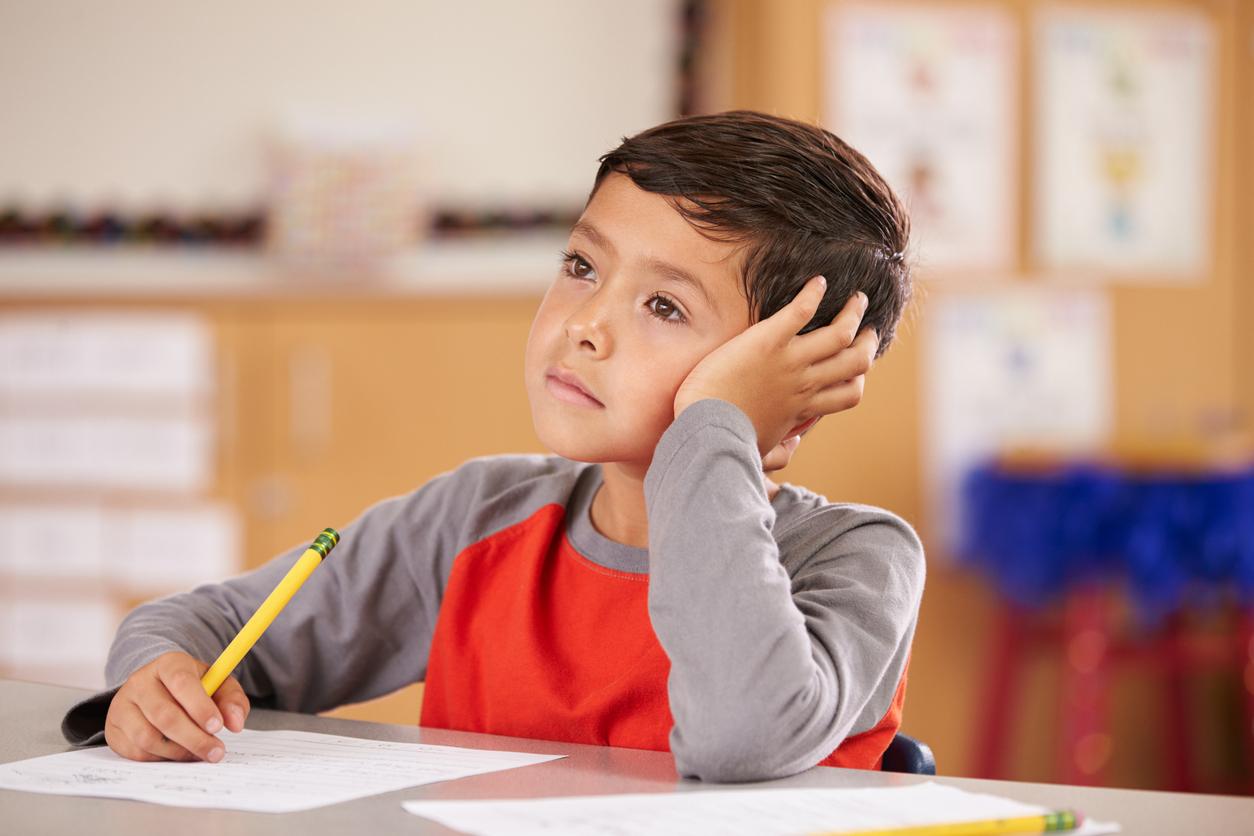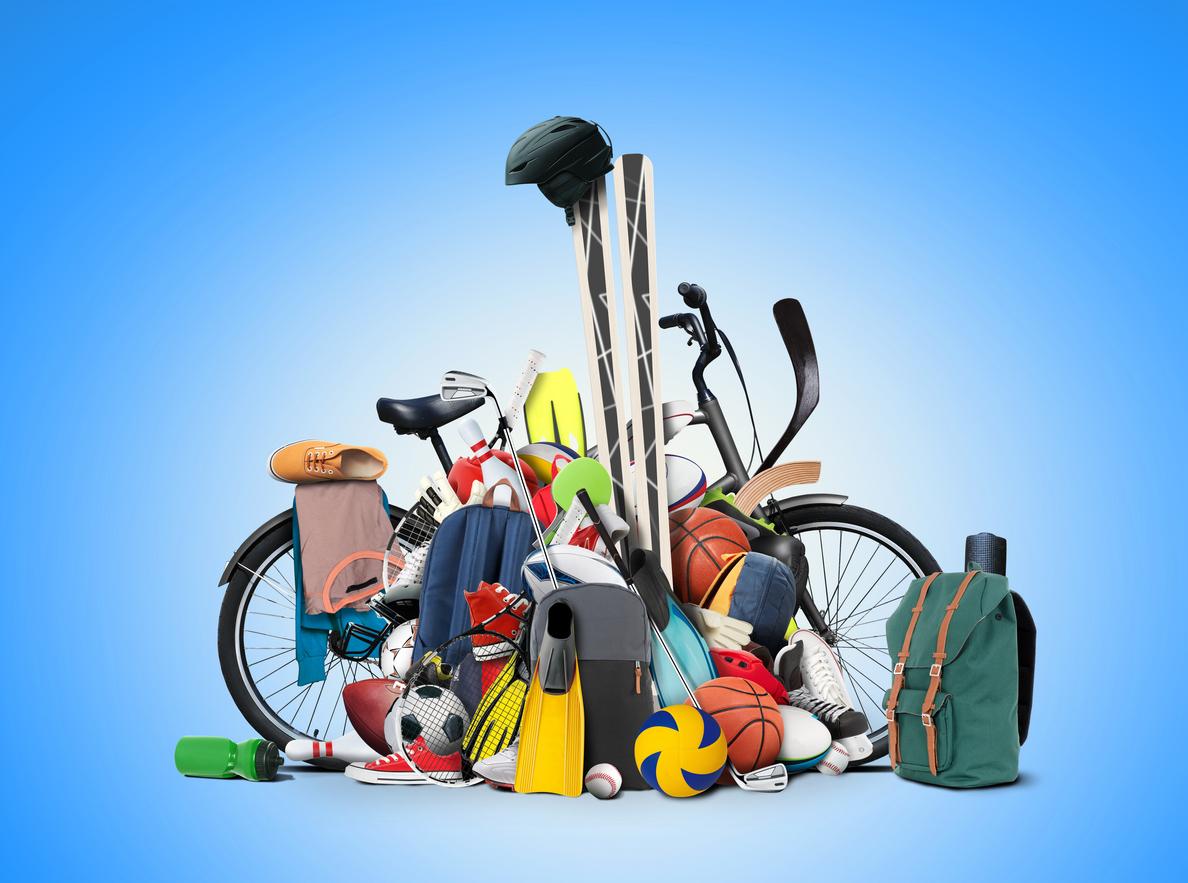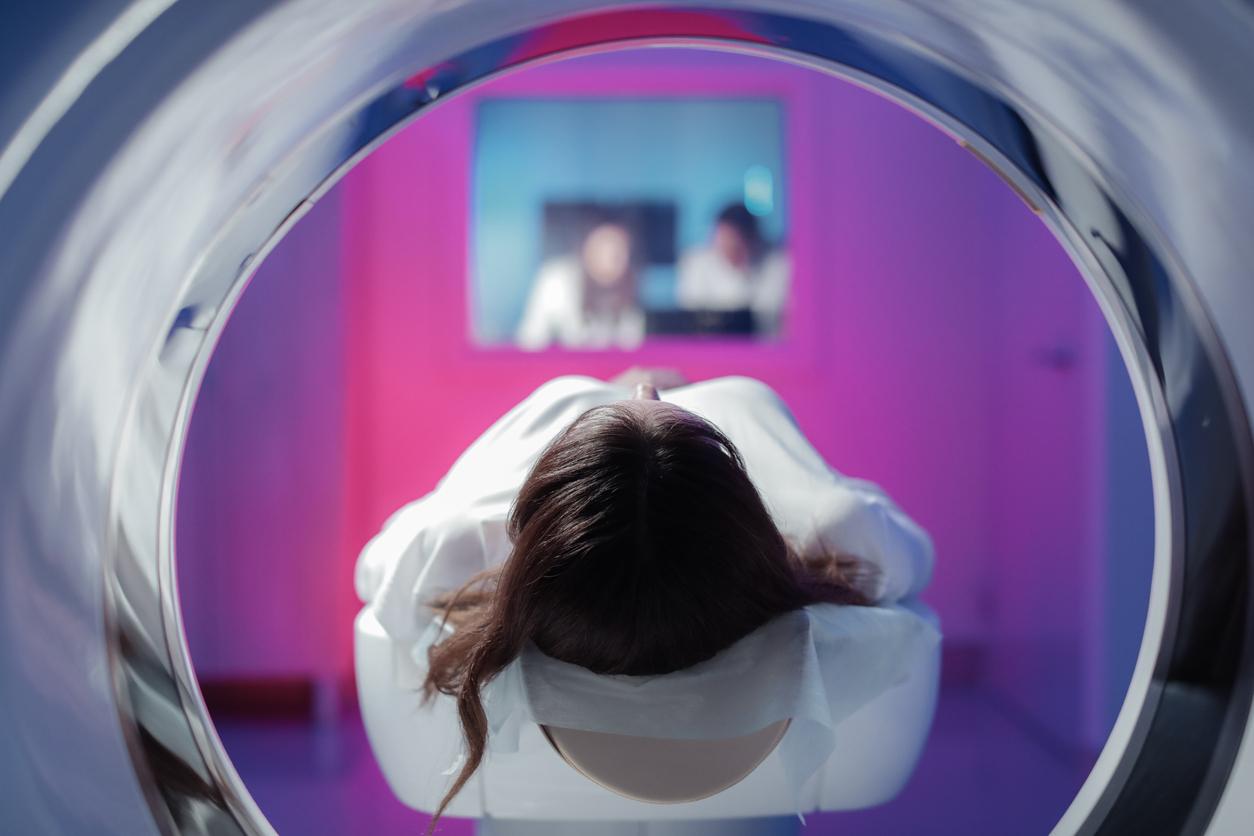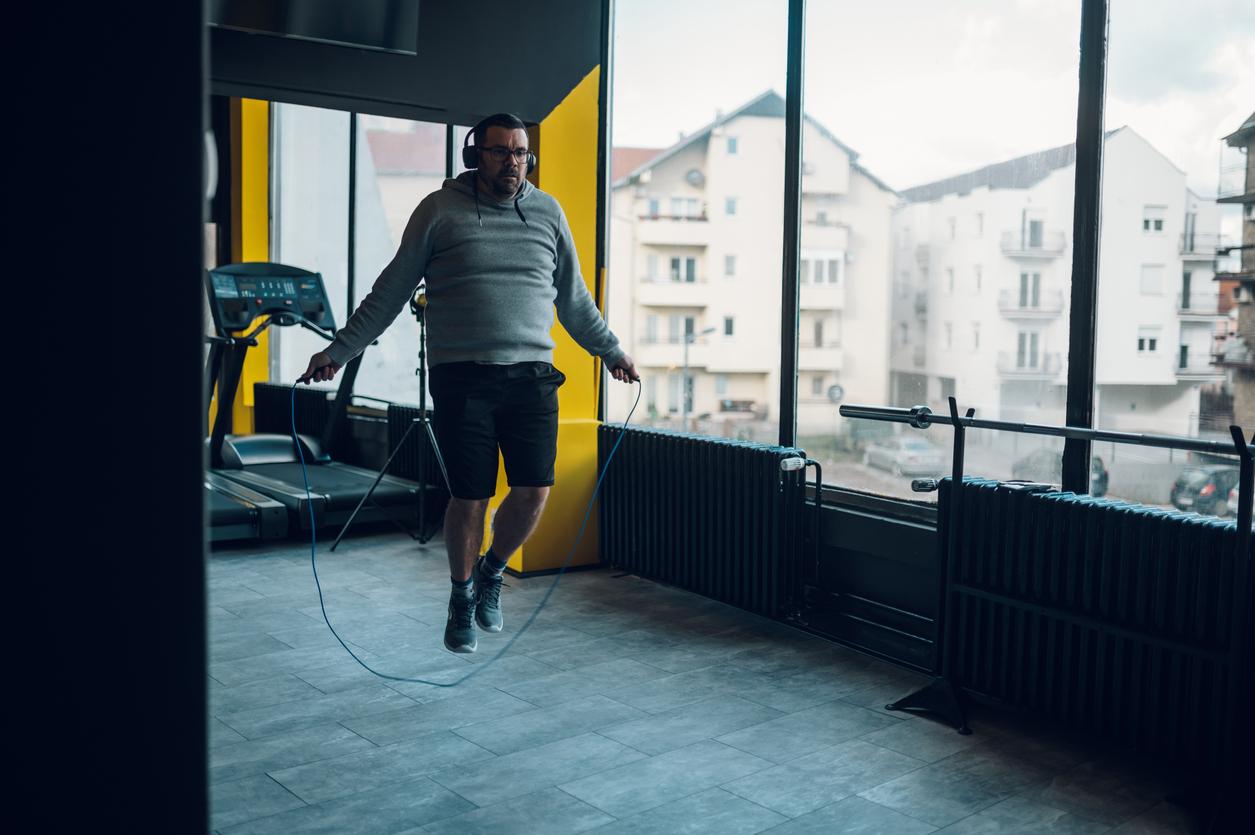The majority of concussions in children and teenagers are due to everyday objects. In the youngest, falling out of bed is the most important risk factor.

Concussions are head injuries defined as “a complex pathophysiological process affecting the brain, induced by biomechanical forces” resulting in “rapidly brief impairment of neurological function that recovers spontaneously”. A concussion can result from a direct impact to the head, face, neck, or from impact to another part of the body transmitting an impulsive force to the head. Eventually, repeated concussions expose to an increased risk of diseases such as Parkinson’s or Alzheimer’s.
In the United States, nearly one million children and adolescents are treated in the emergency room each year for such an injury. And according to a study published in the journal Brain Injury, these dramas often take place using everyday objects such as the bed, the stairs or even a bicycle. In 72% of cases, injuries are attributed to objects approved by the US Consumer Product Safety Commission, an independent US government agency established to protect people from “unreasonable risk of injury from consumer products”. .
To reach this conclusion, the authors examined data listing non-fatal head injuries in children aged 0 to 19 admitted to emergency departments in the United States between 2010 (inclusive) and 2013. Result: each year, in infants, a quarter of head injuries are caused by falling out of bed, while uneven ground is the second risk factor (14%). Among children aged one to four years, most injuries occurred from falling from a bed (10%), stairs (10%) or tripping on the floor (10%).
Wear these helmets, install barriers, avoid hard surfaces…
Unsurprisingly, the older children get, the more shocks take place outdoors. Thus, if 6% of 5 to 19 year olds are injured mainly by falling on an uneven surface (6%), bicycle accidents also cause a lot of damage to the head (5%). Finally, among 10-14 year olds and 15-19 year olds, the leading cause of head trauma is American football, which accounts for 14% and 9% of shocks respectively. Basketball, cycling and football come next as the main risk factors in these two age groups.
“In most cases, children and infants are safe in bed or playing outside, but our study sheds light on the risks and what steps can be taken to prevent serious head injuries at different ages” , explains Dr. Bina Ali of the Pacific Institute for Research and Evaluation in charge of the study.
“Reducing tripping hazards, using barriers, avoiding hard-floored playgrounds, and wearing hard hats could help reduce the risk of injury, as could educating adults to ensure proper use of products and sticking to official recommendations,” she continues.
This study has some limitations
However, this study has its limits, the researchers concede. The data only representing patients treated in the emergency room, shocks taken care of by the doctor or in the school infirmaries are not listed. Moreover, scientists know nothing about the socio-economic status of the parents.
Remember that in France, wearing a bicycle helmet is compulsory for all children under 12 years old. since March 2017. From now on, a person transporting or accompanying a child under 12 without a bicycle helmet will have to pay a fourth class fine of 90 euros. With this measure, the authorities hope to see this practice spread by ricochet among cyclists of all ages. According to Road Safety, the helmet reduces the risk of serious head injury by 70%, that of minor injury by 31% and that of facial injury by 28%.
.








